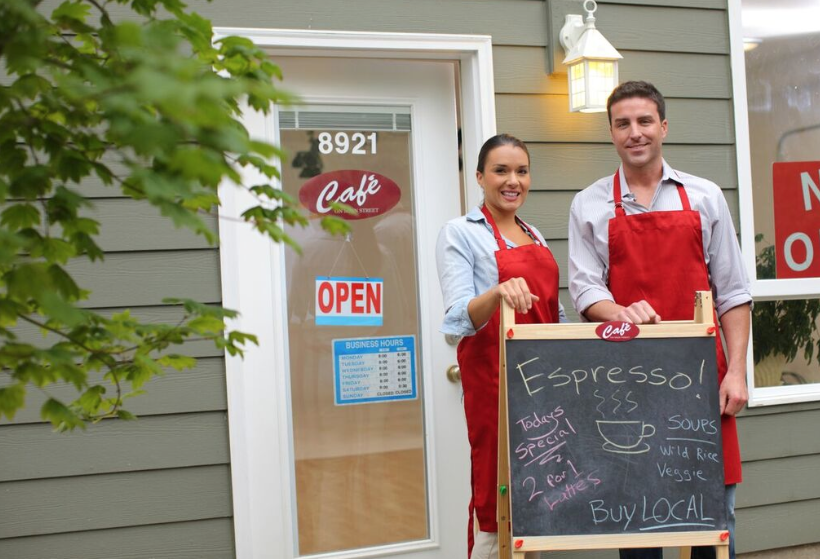
Customers can do almost anything online these days. Shopping, ordering groceries, or watching movies are all exchanges many people choose to make using the convenience of the Internet.
Still, websites and e-commerce don’t solve everything, and there continue to be some businesses that thrive offline. Perhaps formulas and code don’t always translate to good practices in their industries. Perhaps there’s something intangible and necessary in proximate communication. Whatever the secret, here are seven types of businesses that bloom offline in a way not easily translatable to the Internet world.
- Radio. The New York Times covered a small FM radio station that has helped launch the careers of artists like Macklemore, and suggests that radio continues to flourish offline because of the secret sauce of a human DJ. While many stations and streaming services have turned to algorithms to select what song listeners might want to hear, DJs can connect on a real person-to-person level, bringing an idiosyncratic angle and playing new tracks the audience may not have heard before.
- The jewelry business. According to Entrepeneur, jewelry sales dominate in real life because of a combination of very high prices and an inherent need to educate the buyer. As anyone who’s bought an engagement ring knows, there’s a lot of variety and a lot to learn about diamonds before making the purchase. It’s hard to provide such a vast amount of information over the web, and harder still to get a customer to make that gut-level decision about a pricey purchase without holding the ring in his or her fingers.
- Real estate. At the end of the day, bright photographs and flowery descriptions can work wonders, but seeing a house or apartment in person is how most people continue to choose their places of dwelling. Especially in large cities like New York, listings change so frequently that a real-life broker will be much more reliable than any website. Realtors or brokers can also consider more immeasurable factors, like the family friendliness of the neighborhood. And for a decision as big as a home, people crave actual interaction with a space.
- Pop-up retail stores. Lots of brick-and-mortar stores are turning to the low-overhead “shops” of the online world, but there’s also a trend in the opposite direction, of online boutiques building temporary “pop-up shops,” or temporary sales spaces. Small boutiques like Willow Crowns have hosted such pop-ups, where customers who are loyal online can visit and check out merchandise in person. It seems to speak volumes about the importance of in-person fashion selections, even in the world of Cyber Monday.
- Fitness, personal training and weight loss coaching. Although workout videos are easy to access from the comfort of your own home, Statista shows that gym memberships are actually on the rise in this country. The accountability factor–paying your gym fee or even a trainer–puts a lot of pressure on people to get out the door and to an actual facility. Likewise, successful weight loss groups like Weight Watchers get people in the door, by putting an emphasis on fostering community.
- Bookstores. There’s plenty of doom-and-gloom talk about independent bookstores, but many stores like Reston’s Used Book Store claim they’re doing just fine. Indeed, print books seem to be on the rise while eBooks seem to be falling flat, and even the eBook titan Amazon has opened a brick-and-mortar bookstore in Seattle. Bookstores have that mysterious atmosphere, essential for browsing and discovery, that readers simply can’t get from an online shelf. So while major chains like Walden and Borders have bitten the dust, independent bookstores seem, for the most part, here to stay. (Here are recommendations from successful small bookstore owners for their favorite business books.)
- Food service. This may sound obvious—clearly, customers need to be there in person to taste your restaurant or bakery’s food. But with options like grocery delivery and one-click take-out, the option of staying in to eat has never been easier. However, once again, it’s the atmosphere and service that attracts people to dining out. While online services may be on the rise for some sectors, nothing online can take the place of a truly hospitable, in-real-life dining experience.
Not all types of businesses are a hundred percent web proof, but while we do live in a hashtag-infused, digital world, there’s still simply no replacement for human connection. Does your business find its niche online, or in the flesh?